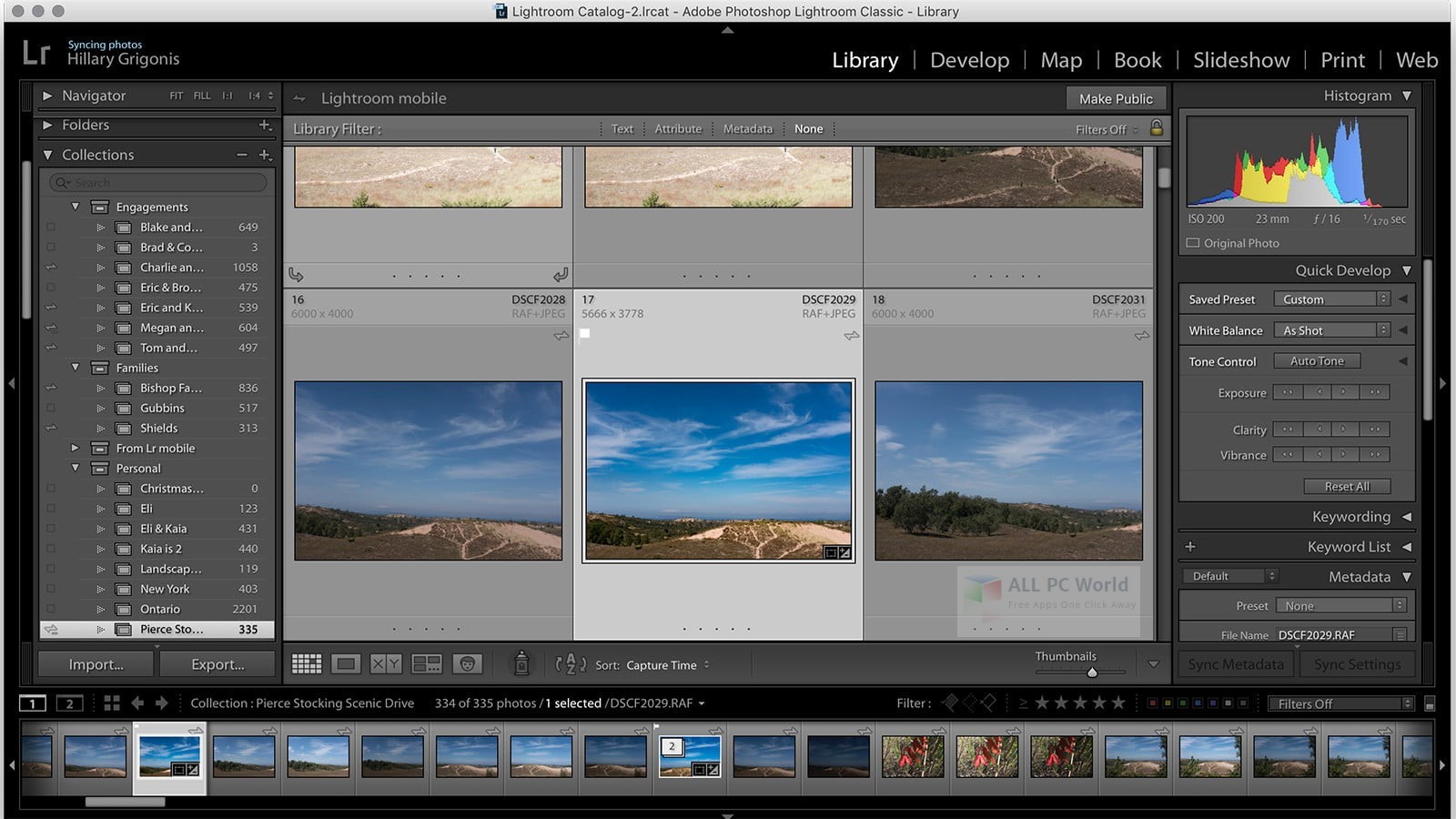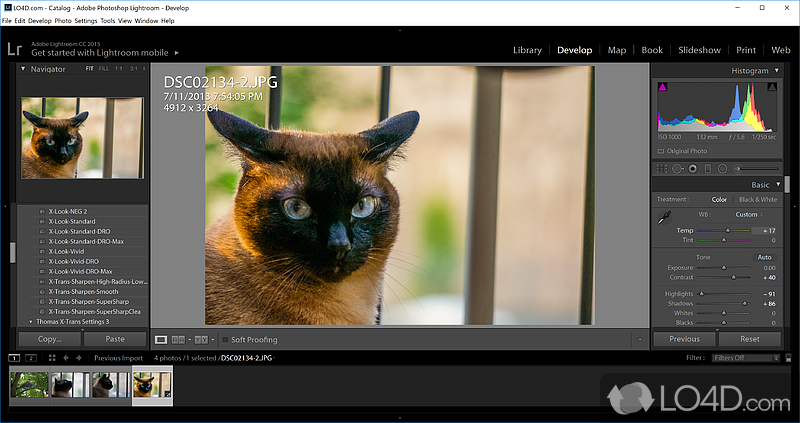

The organization scheme will be easier for beginners to learn Lightroom CC since everything is grouped together, but those familiar with earlier versions of Lightroom may have to do some hunting at first. (Now, Lightroom Classic controls can be re-arranged).įor example, adjusting exposure, contrast, and highlights and shadows are all under the Light section, while white balance, vibration, and saturation fall under the Color panel. In Lightroom CC, the Develop side panel is entirely redesigned and organized by the type of adjustment. In creating Lightroom CC, Adobe asked a few questions about why the options were located where they were and couldn’t come up with a good answer as to why the exposure sliders were located in-between options for white balance and saturation. You won’t find those features in Lightroom CC - though a new integration does allow for prints through White House Custom Color in the desktop version of Lightroom CC. While the Develop and Library modules are the most used panels, Lightroom Classic also has options for building a slideshow, printing a photo book, viewing geotagged photos on a map, making prints, and creating a web gallery. Lightroom Classic is organized into different modules, each organizing all the options for that particular task. Users familiar with the previous version of Lightroom won’t have to relearn controls in Lightroom Classic.

“Smart Collections” lets users create groups of photos instantly by setting parameters, such as selecting photos taken with a specific lens or images with a specific rating. Lightroom Classic organizes photos into collections and collection sets and includes an option to navigate using the folders on the desktop. Winner: Lightroom Classic Organizing photos Image used with permission by copyright holder This creates a simplified screen that’s easier for beginners to get started with but skips out on time-saving options and some metadata features some photographers use. Lightroom CC, on the other hand, has fewer choices, with the option to add to an album and apply presets.

The import window includes options to add to collections, adjust metadata, add keywords, change the destination, and even apply presets while importing. While Lightroom CC is catching up, Lightroom Classic’s import options are the most varied. Importing photos Image used with permission by copyright holder $9.99/month with 1TB storage or $19.99/month with storage and Photoshop

$9.99/month with Photoshop (also includes Lightroom CC and 20GB of storage)


 0 kommentar(er)
0 kommentar(er)
